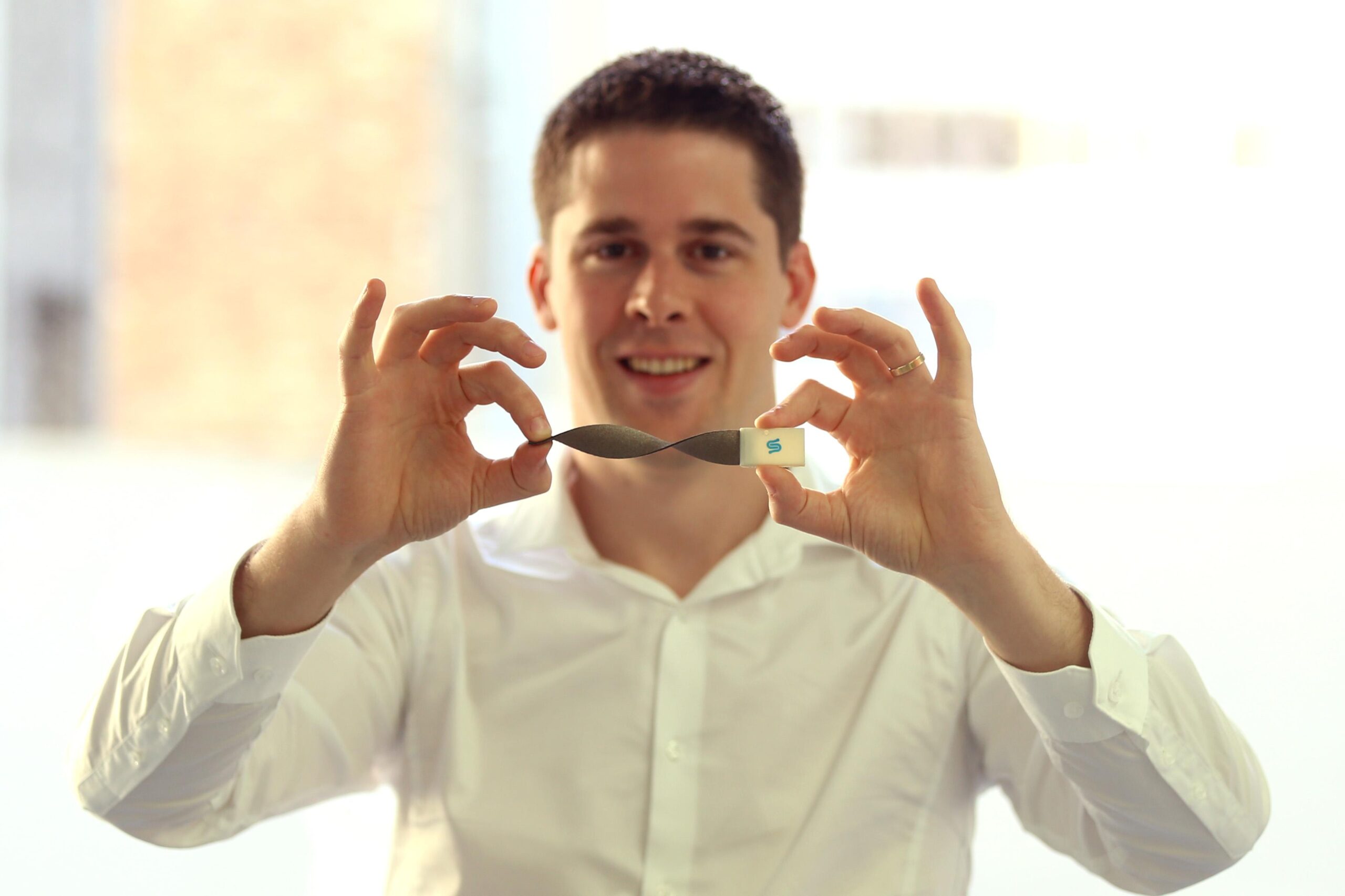Auckland based firm StretchSense took out the Sports & Fitness category at the prestigious WT Innovation World Cup 14/15, held recently in Munich.
StretchSense, which designs and manufactures wearable sensors, was one of 22 finalists selected from over 500 worldwide entries competing in the awards – a gathering of the most innovative wearable technology companies in the world.
The category win was announced at the WT Conference, a leading international gathering for the wearable technology industry. In announcing the winners of the WT Innovation World Cup, organisers described the category winners as “world champions” who will become “the future stars in wearable technologies”.
StretchSense CEO Ben O’Brien says winning the Sports & Fitness category is a huge endorsement of the company’s technology, in a sector which is poised for growth globally.
“Two years ago we saw a huge gap in the market for soft and precise wearable motion sensors. There was nothing really out there, which was a tragedy because sensors are at the heart of wearables, and this lack was holding the industry back. StretchSense was formed to address this gap and winning the award is fantastic recognition of our philosophy.”
StretchSense unveiled its latest new product at the WT Conference — a flexible, tough fabric sensor that can be easily sewn into the wearer’s clothing or mounted against the body.
Dr O’Brien says the innovative strain-locking mechanism StretchSense has developed means “you have to try to break it”, allowing the wearer to undertake vigorous, rough and tumble activities such as sport.
“We hope that, as well as sports and fitness, the new sensors will be used by the hobbyist and maker community. Their tough resilient nature makes them ideal for experimenting with new applications and getting your hands dirty.”
The StretchSense fabric sensor sends real time motion data via Bluetooth with the information displayed on an App. They are Bluetooth Low Energy, giving them a long life on a coin cell battery.
There is potential to produce the fabric sensors in a range of materials, colours and designs – something which market analysts say is increasingly important to users of wearable technology.




